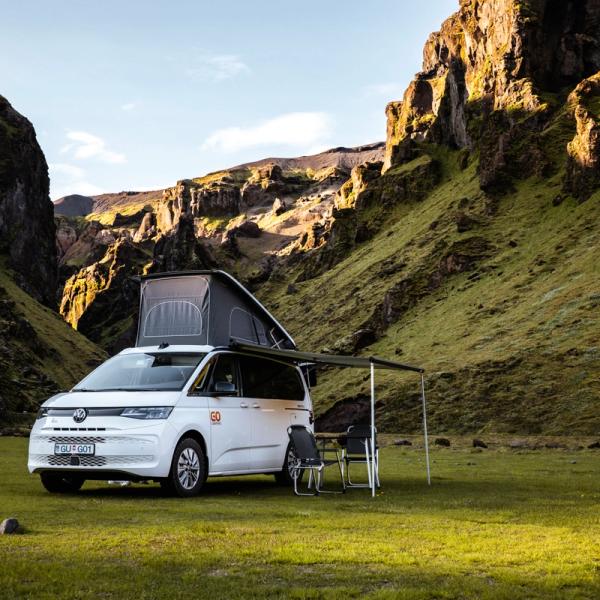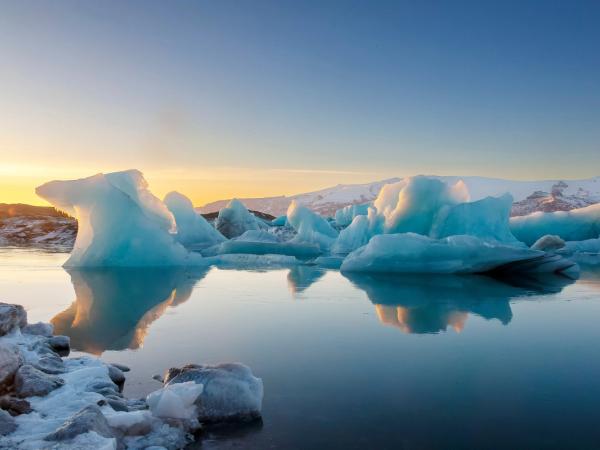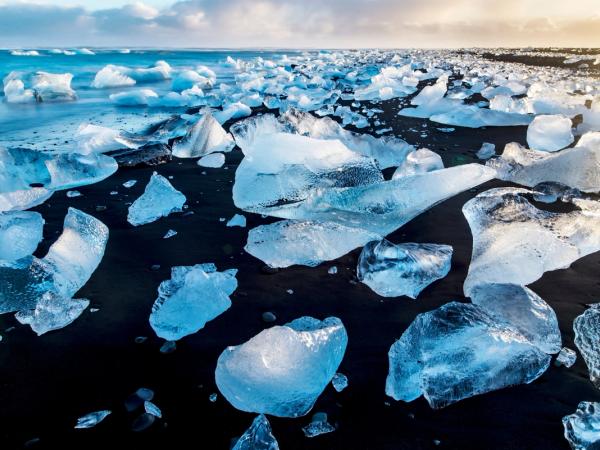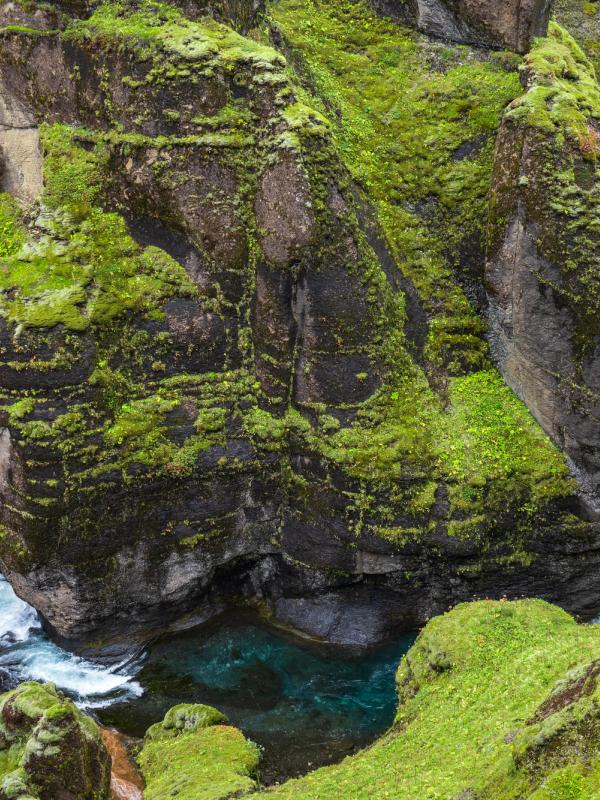
The Ultimate 3-Day South Coast Iceland Itinerary
Iceland’s South Coast is one of the most dramatic road trips in the world, a place where glaciers spill toward the sea, waterfalls tumble from mossy cliffs, and black sand beaches stretch for miles. In just three days, you can drive from Reykjavik to Höfn and back again, hitting all the highlights along the way. This self-drive itinerary is built for campervan travelers and road trippers who want to see the best of the South Coast without feeling rushed. Let’s hit the road.
3-Day South Coast Iceland Itinerary Map
View the route with all stops and detours pinned on Google Maps.
Day 1: Reykjavik to Vik
Leaving Reykjavik behind, you’ll head straight into one of the most iconic stretches of Iceland’s Ring Road. This first day is all about waterfalls, black sand beaches, and dramatic coastal cliffs; some of the most photographed places in the country, and for good reason. Even with a relaxed pace, there’s plenty to see before you reach the charming village of Vík for the night.
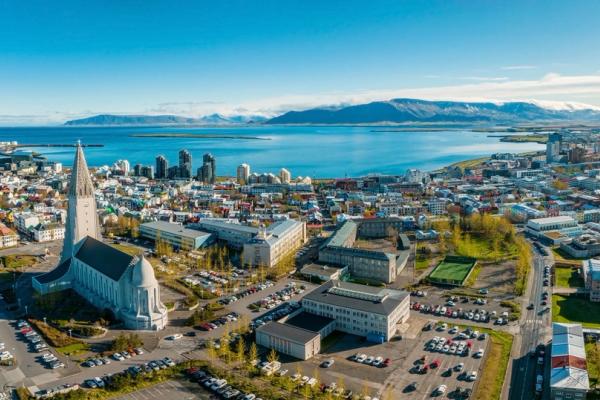
Driving Overview
- Distance: 187 km (116 miles)
- Driving Time: Around 2.5 hours (not including stops)
- Road Conditions: Route 1 is paved and well-maintained year-round. In winter, check weather and road conditions before setting off.
- Fuel & Food: Good options in Hvolsvöllur and Skógar, but stock up before you leave Reykjavik if you're starting early.
- Overnight: Vík or one of the nearby countryside guesthouses or the town campsite.
Main Stops Along the Way
The South Coast is full of amazing places; some are Indispensable, and some are hidden gems for those with plenty of time. Let's start with the Indispensable.
Seljalandsfoss
Your first major stop is Seljalandsfoss, where a thin ribbon of water plunges 60 meters over a cliff. What makes this waterfall special is the path that loops behind it – if conditions allow, you can walk a full circle for a view from behind the falls. Bring a rain jacket as you’ll definitely need it. A short walk away is Gljúfrabúi, a hidden gem partly obscured by a narrow canyon – don’t miss it.

Skógafoss
Next up is Skógafoss, one of Iceland’s most powerful waterfalls. Its classic rectangular shape and the sheer volume of water create a constant mist, often producing vivid rainbows on sunny days. There’s a staircase to the right leading to panoramic views from the top. If you have time (and energy), the trail here is the start of the famous Fimmvörðuháls hike.

Dyrhólaey
Before reaching Vík, detour to Dyrhólaey for sweeping views over the South Coast. The name means “door hill island,” and from the viewpoint, you’ll see the massive sea arch that gives the area its name. Puffins nest here in summer (usually May to August), and it’s a great spot for photos of black sand beaches stretching in both directions. The gravel road up is steep; go slowly, especially in a campervan.

Reynisfjara Black Sand Beach
The final stop of the day is Reynisfjara, Iceland’s most famous black sand beach. Its basalt columns, roaring Atlantic waves, and the sea stacks of Reynisdrangar just offshore make for an unforgettable scene. Be extremely cautious here – the sneaker waves are powerful and unpredictable. Stick to dry sand and keep your distance from the water.
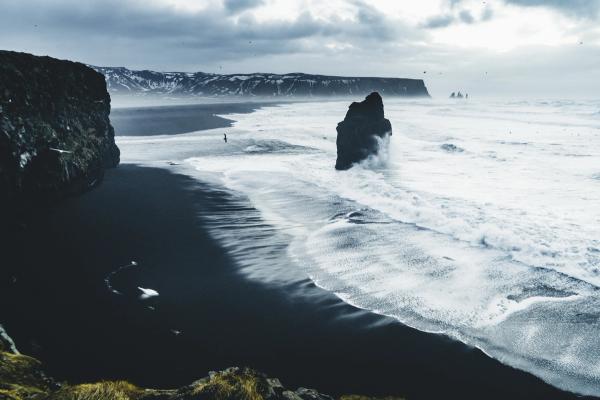
Optional Detours
There are also some other popular sights along this stretch of ring road; add a few if you’re getting an early start, and leave the others for the return journey on Day 3.
Urriðafoss
Often overlooked, Urriðafoss is Iceland’s most voluminous waterfall. While it doesn’t have the towering drop of Seljalandsfoss or Skógafoss, the sheer force of the water crashing over the rocks is impressive. It’s just a short detour off Route 1 near the town of Selfoss and makes for a peaceful stop early in the day. There’s a small parking area and viewing platform right by the river.
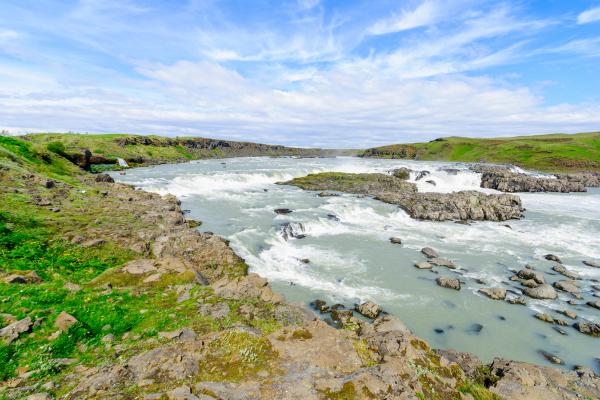
Seljavallalaug Hot Spring
Hidden in a narrow valley beneath the slopes of Eyjafjallajökull, Seljavallalaug is one of Iceland’s oldest swimming pools. Built in 1923, it’s fed by natural hot water and surrounded by steep, moss-covered cliffs. To reach it, you’ll need to hike about 20 minutes from the parking area; follow the trail into the valley and cross a few streams. The pool isn’t always warm and the changing rooms are rustic, but the setting is spectacular.
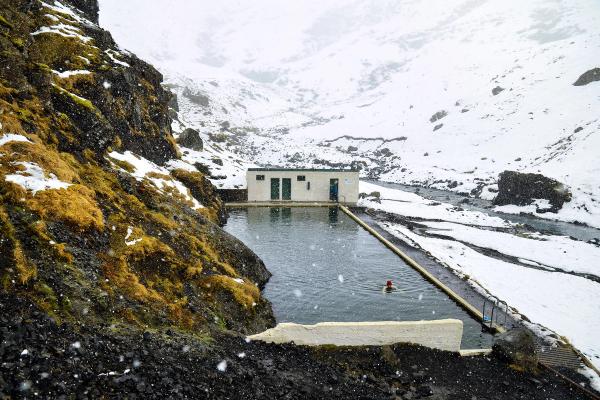
DC Plane Wreck on Sólheimasandur
This eerie site, a US Navy plane that crash-landed on the black sands of Sólheimasandur in 1973, has become an iconic photo spot. The skeleton of the aircraft lies in a vast, windswept landscape that feels almost otherworldly. It’s only accessible by foot or shuttle; the hike from the parking lot takes about 45 minutes each way across flat but exposed terrain. Bring windproof layers and allow 2–2.5 hours total if walking.
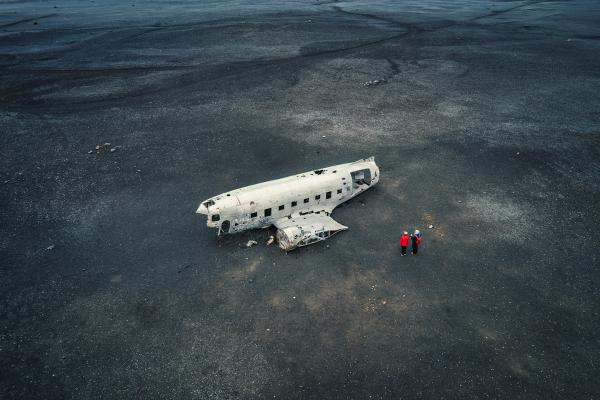
Sólheimajökull Glacier
If you’re interested in seeing a glacier up close, Sólheimajökull is the easiest option along the South Coast. A short drive off Route 1 leads to a parking lot, and from there, it’s a 10–15-minute walk to the glacier’s edge. You’ll see blue ice, crevasses, and glacial lagoons forming at the base. For a more immersive experience, you can book a guided glacier hike, an ice-climbing tour, or kayaking on the water with local operators who meet you on-site.

Where to Stay
Vík is the natural overnight stop, offering a small but solid range of accommodation and campsite options. If you're traveling by campervan, the Vík Camping Ground is centrally located with views of the surrounding cliffs and Reynisfjall. Facilities include hot showers, communal cooking areas, and laundry.
There are also plenty of hotels and guesthouses in and around Vik to choose from for your overnight stay.
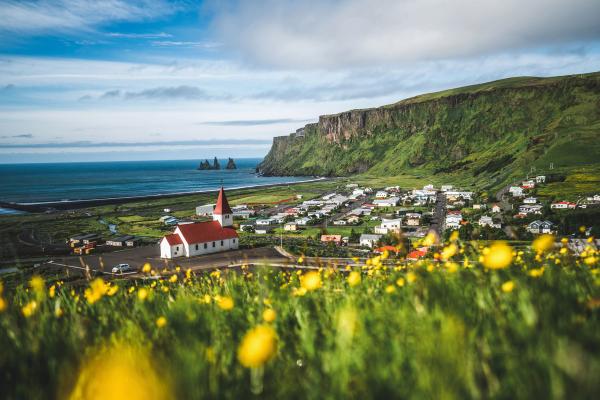
Food and Fuel Tips
Fuel stations are available in Hvolsvöllur, Hella, and Vík. Stations become more spread out the farther east you go. Most are self-serve with card machines that accept international credit cards.
Bakeries and Coffee Stops
This stretch of road has quite a few towns along the way, so you’ll find no shortage of baked goods and good coffee to fuel up your first day of a road trip. In Hveragerði, Almari Bakari is a popular stop, as is Faxi Bakery right on the ring road after Seljalandsfoss.

Dinner in Vik
For food, The Soup Company in Vík serves up hearty bowls of Icelandic lamb soup and other rotating specials, perfect after a long day. Black Crust Pizzeria is also a local favorite, with their specialty black crust pizza, and Smiðjan Brugghús does delicious burgers and craft beers.
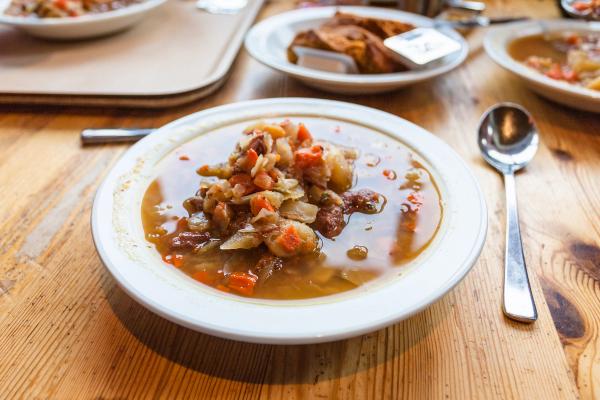
Groceries Along the Route
If you’re traveling with groceries, there are plenty of places on this stretch of ring road to stop and stock up with some road trip snacks and supplies for cooking dinners if you’re self-catering.
Day 2: Vik to Jökulsárlón & Höfn
Today’s drive brings you deeper into Iceland’s southeast, where mossy lava fields give way to glacier tongues, sparkling lagoons, and black sand deserts. It’s one of the most visually stunning days on the Ring Road, packed with jaw-dropping views and surreal natural wonders. You’ll end the day in or near the small fishing town of Höfn, famous for its lobster and its panoramic views of Vatnajökull.
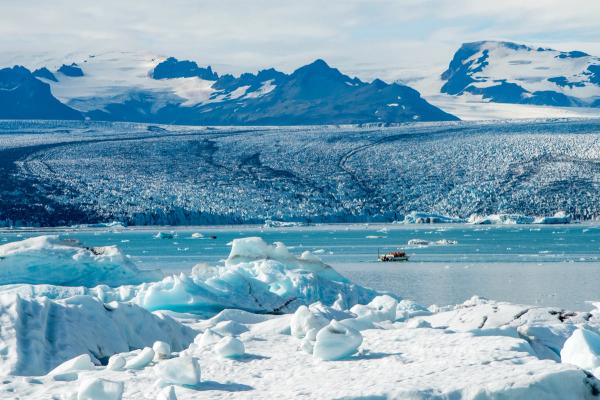
Driving Overview
- Distance: ~270 km (168 miles)
- Driving Time: Around 3.5–4 hours (not including stops)
- Road Conditions: Route 1 remains paved and in good condition. Be cautious of single-lane bridges and livestock near the road.
- Fuel & Food: Limited options between Vík and Höfn. Fill up in Vík and bring snacks or a packed lunch to make the most of your time exploring.
- Overnight: Höfn or nearby countryside guesthouses or campsites.
Main Stops Along the Way
Fjaðrárgljúfur Canyon
A short detour from the main road leads to this dramatic serpentine canyon, carved over millennia by glacial meltwater. There’s a walking path along the rim with several viewing platforms. The trail is easy but exposed – bring a windproof layer.
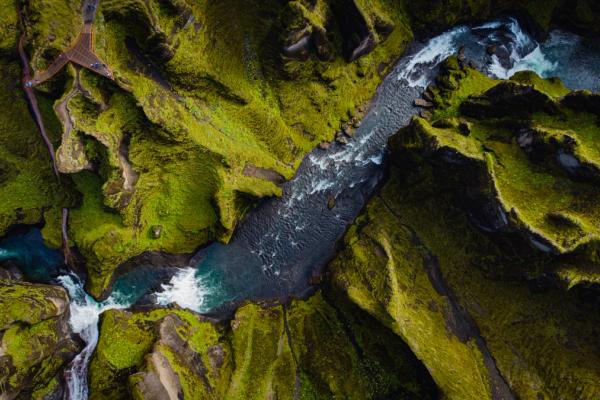
Eldhraun Lava Field
You’ll drive right through this enormous moss-covered lava field, created by one of the largest volcanic eruptions in recorded history (Laki, 1783). It’s an otherworldly sight, vast and eerily quiet. There are a few places to safely pull over and walk among the moss, but be careful not to step on it – it’s fragile and takes decades to grow back.
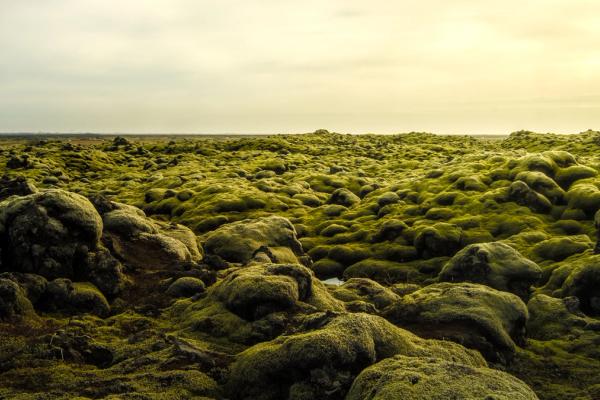
Skeiðarársandur & Glacier Views
As you approach Skaftafell, the landscape flattens into black glacial outwash plains crisscrossed by braided rivers. Look to your left and you’ll see massive glacier tongues spilling down from the Vatnajökull ice cap. This stretch of the drive is wild, windy, and feels like the edge of the world.
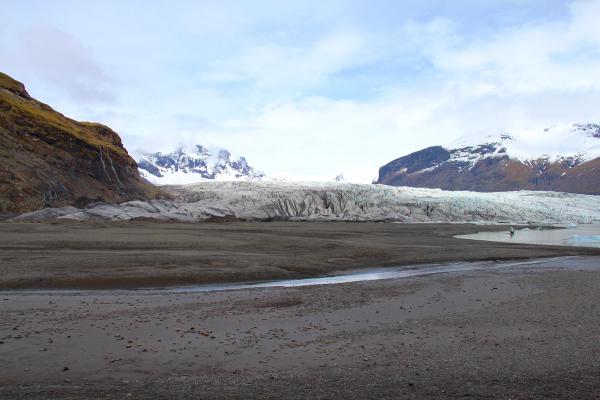
Skaftafell / Vatnajökull National Park
This is a great place to stretch your legs. Take a short hike to Svartifoss, a striking waterfall framed by basalt columns, or join a glacier hiking tour on Falljökull or Svínafellsjökull. There’s a visitor center, café, and paid parking on-site.
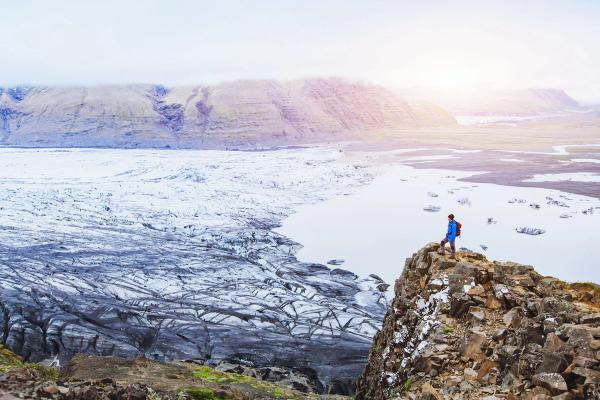
Jökulsárlón Glacier Lagoon & Diamond Beach
This is the highlight of the day for many travelers. At Jökulsárlón, icebergs break off from Breiðamerkurjökull and float in a luminous blue lagoon before drifting out to sea. Seals are often spotted swimming among the ice. Nearby Diamond Beach is where the icebergs wash ashore, glittering on the black sand like crystal sculptures. It’s worth visiting both sides of the bridge for different perspectives.
Höfn
Finish your day in the fishing town of Höfn, known for its lobster (langoustine) and laid-back vibe. If the skies are clear, you’ll be treated to views of Vatnajökull looming to the west. It’s a good place to refuel, restock, and enjoy a sit-down dinner after a full day on the road.
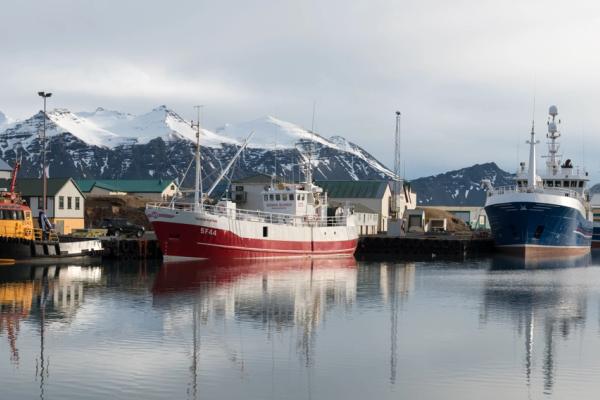
Optional Detours
Gígjagjá (The Yoda Cave)
Tucked into a lava cliff near Hjörleifshöfði, this small cave gained fame as a filming location for Star Wars: Rogue One, earning it the nickname “Yoda Cave.” The entrance resembles the silhouette of Yoda’s head, and the inside opens into a surprisingly large chamber with dramatic light filtering through. It’s a quick detour off Route 1 on a gravel road (accessible in most conditions), and worth the stop for fans of cinematic landscapes or unique photo ops.
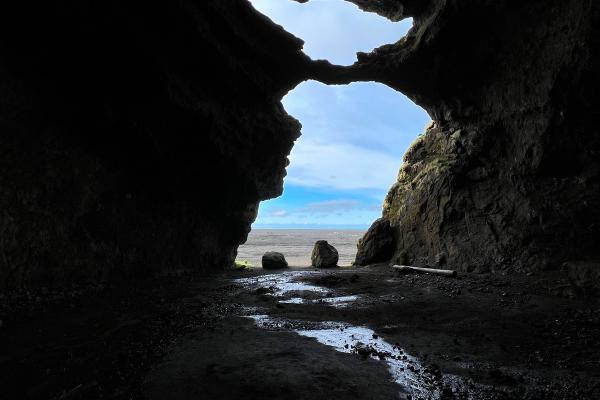
Dverghamrar (Dwarf Cliffs)
Just off Route 1 near Kirkjubæjarklaustur, Dverghamrar is a small cluster of basalt column formations with ties to Icelandic folklore. Legend says these “dwarf cliffs” are home to hidden people. It’s a quick and worthwhile stop with a short walking path and great photo ops.

Foss á Síðu
This tall, slender waterfall drops off a cliff right next to the road east of Kirkjubæjarklaustur. While not a major sight, it’s an easy pull-over if you're looking to stretch your legs.
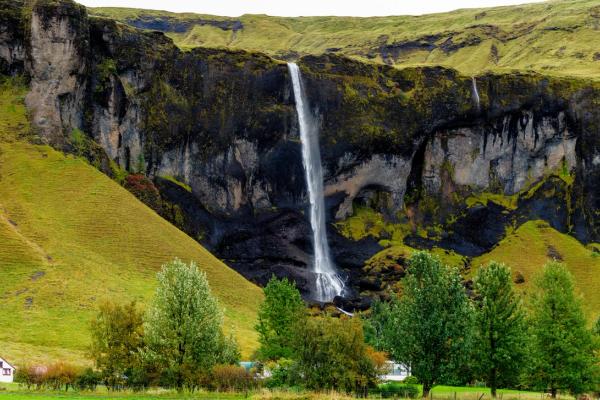
Fjallsárlón Glacier Lagoon
Often overshadowed by nearby Jökulsárlón, Fjallsárlón is quieter and just as beautiful. Here, you can get even closer to the glacier front, and the lagoon tends to have fewer visitors. There’s also a small café and boat tours available in summer. It’s a great stop if you’re trying to avoid the crowds or want a second look at the glacial landscape.
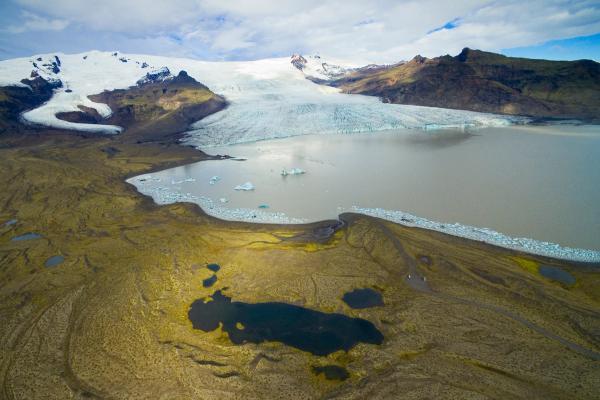
Where to Stay
Höfn is the best overnight base after a full day exploring the glacier lagoons, with the town and surrounding farmland dotted with hotels and guesthouses. For campervans, Höfn Camping Ground is a convenient; there’s also the campsite at Vestrahorn, ideal for sunset and sunrise photos.
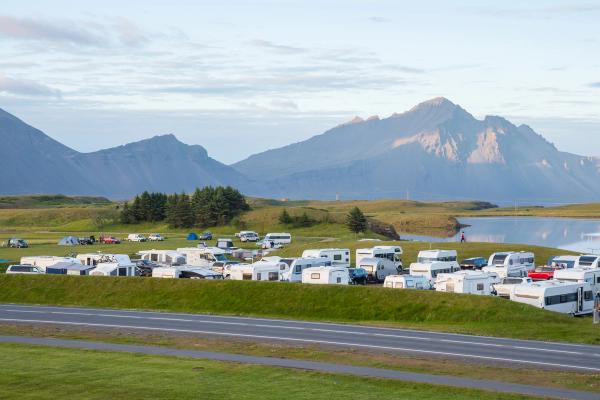
Food and Fuel Tips
There are no major towns between Vík and Höfn, so it’s best to fill your tank in Vík or Kirkjubæjarklaustur and top up again in Höfn. Stations are well-signposted and accept credit cards, but services may be limited outside regular hours. There’s also a petrol station on the road near Skaftafell.
Bakeries and Coffee Stops
For coffee and a pastry, your best bet is to visit the café Skool Beans in Vik before departing; there aren’t any others on this stretch of ring road.
Dinner in Höfn
For food, Z Bistro and Otto Matur & Drykkur in Höfn are excellent dinner options, both known for dishes featuring local langoustine (lobster). Pakkhús is another favorite; most of the restaurants are popular so it’s best to reserve a table.

Groceries Along the Route
If you’re cooking your own meal, there’s a Nettó supermarket in Höfn.
Day 3: Höfn to Reykjavik (Scenic Drive Back)
The drive back to Reykjavik is long but unforgettable. With most of the must-see stops already ticked off, you can take your time, revisit your favorite spots in new light, or explore a few quieter corners you might’ve missed. Whether you linger by a glacier lagoon at sunrise or pull over to watch the clouds roll over mossy lava fields, this is a day to soak in the open-road freedom that Iceland does best.

Driving Overview
- Distance: ~455 km (283 miles)
- Driving Time: Around 6–7 hours (not including stops)
- Road Conditions: Route 1 remains paved and straightforward. Expect wind, especially near the glacier plains. Watch for sheep in summer.
- Fuel & Food: Fill up in Höfn, then again in Kirkjubæjarklaustur or Vík. Bring snacks and water, especially in the off-season.
- Overnight: If you’re flying out the next day, spend the night near Reykjavik or Keflavík. If not, you could break up the drive with one more countryside stays.
Main Stops Along the Way
Jökulsárlón & Diamond Beach
Consider returning in early morning light for a quieter, more peaceful visit. The colors and atmosphere are totally different depending on the time of day.
Fjallsárlón Glacier Lagoon
(if you missed it): A less crowded alternative to Jökulsárlón, great for photos and glacier viewing.
Múlagljúfur Canyon
One of the South Coast’s best-kept secrets, this lush canyon is like something out of a fantasy film. A short but steep 2 km hike leads to jaw-dropping views over the canyon, with hanging valleys, waterfalls, and glacier-peaked ridges in the background. Access is just west of Fjallsárlón – look for a small gravel road off Route 1. The trail can be muddy and uneven, but it's worth the effort.
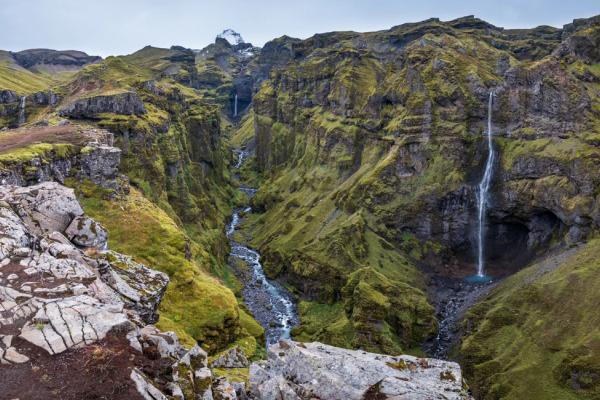
Skaftafell
If you didn’t hike to Svartifoss or join a glacier walk on Day 2, this is your second chance. Many travelers say it’s one of the most rewarding hikes in South Iceland.
Sólheimajökull Glacier
(if missed on Day 1): Join a short glacier tour or simply walk to the edge; still one of the most accessible glacier tongues in the country.
Kvernufoss
Near Skógar, this quieter waterfall is tucked behind a ridge and often skipped by those visiting nearby Skógafoss. A short hike brings you right behind the falls, perfect if you're after a peaceful final stop.
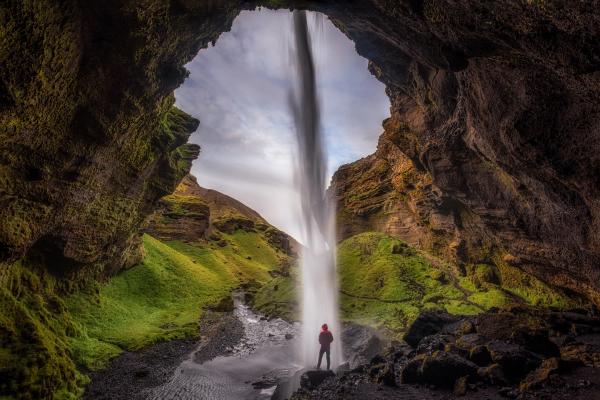
Optional Detours
Vestrahorn Mountain
If you didn’t visit on Day 2, swing by Vestrahorn near Höfn before heading west. This jagged, photogenic mountain rises sharply from black sand dunes and often reflects beautifully in the shallow tidal flats. There’s a small entrance fee to access the viewing area via the Viking Café, and it’s especially stunning at sunrise if you're getting an early start.
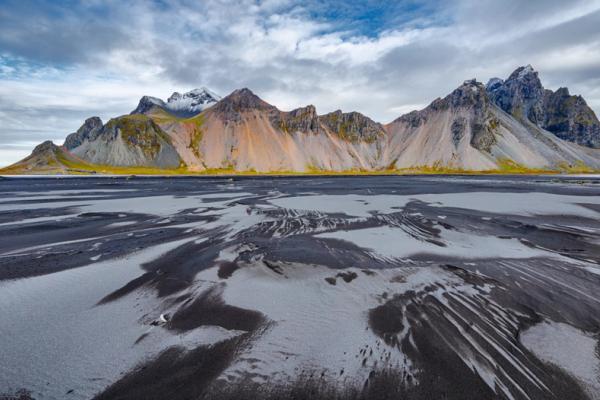
Dyrhólaey or Reynisfjara Revisit
Catching Dyrhólaey or Reynisfjara in different weather or lighting can be a completely new experience. Morning sun, fog, or stormy skies all give these spots a totally different feel – worth the repeat if you have time on the return drive.
Urriðafoss or Seljavallalaug
If you skipped these on Day 1, now’s your chance to circle back. Urriðafoss is a quick and easy waterfall stop just before Selfoss, while Seljavallalaug offers a peaceful soak if you want a final Icelandic hot spring moment.
Where to Stay
If you're flying out the next day, it’s best to overnight near Reykjavik or Keflavík. The Reykjavik Campsite is open year-round and has hot showers, communal areas, and great city access.
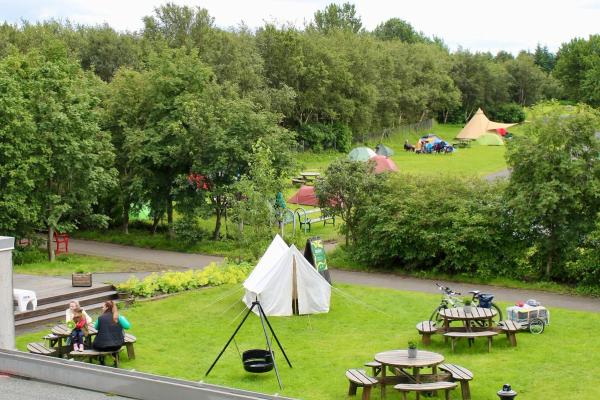
Food and Fuel Tips
Fill your tank in Höfn before leaving, or stop at the petrol station near Skaftafell. For food today, you’ll probably be nearing Kirkjubæjarklaustur or Vik for lunch; in the former there are good burgers and other grill classics at the restaurant inside the petrol station; at the latter, we’ve left some recommendations up on Day 1.
What to Pack for the South Coast
Iceland’s South Coast throws every kind of weather at you, often in a single day. Packing smart makes a huge difference, especially if you're traveling by campervan and spending long hours outdoors.
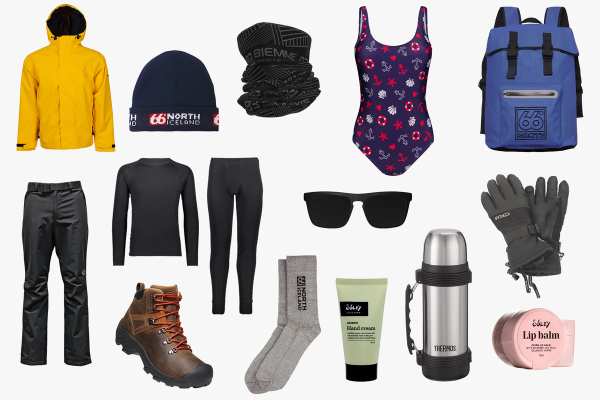
Essentials to bring include:
- Waterproof jacket and pants – A must for waterfalls, wind, and sudden rain.
- Warm layers – Think fleece or wool mid-layers, thermal base layers, and a beanie.
- Sturdy hiking boots – Waterproof and broken-in for rocky trails and muddy paths.
- Swimsuit and towel – For hot springs like Seljavallalaug or spontaneous pool visits.
- Reusable water bottle – Tap water is clean, cold, and free everywhere.
- Headlamp or flashlight – Especially useful for fall/winter travel or early morning hikes.
- Camera or phone with plenty of storage – You’ll take more photos than you think.
- Power bank – Outlets can be limited at some campsites and remote accommodations.
- Daypack – For hikes and keeping essentials handy while exploring.
Optional but helpful: crampons for icy paths in winter, a sleeping mask in summer’s midnight sun, and a good playlist or podcast for the long stretches of road.

